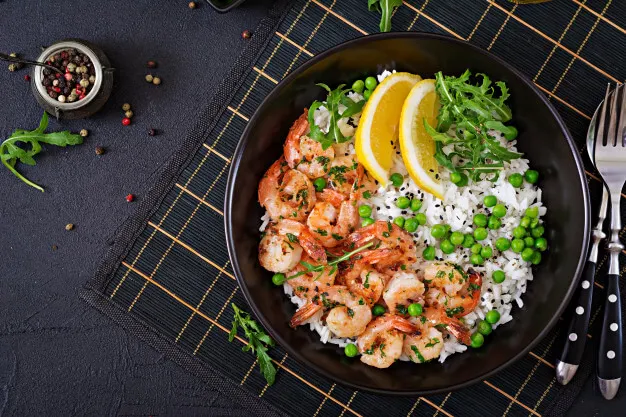The new Corona virus outbreak (COVID-19) brings anxiety to family life around the world. When schools and busy centers are forced to close, many parents find themselves trapped at home for most of the day and divide their concentration between managing primary work and monitoring children's activities.
And what makes things even more challenging is the panic situation that makes many people buy up food supplies, hoarders who want to play the price and disruptions in the food supply system that can cause food scarcity. Likewise with the conditions that cause some people to lose their jobs and make it increasingly challenging to be able to meet their daily needs.
While it is understandable that now many parents are making processed and prepared foods as a fast and inexpensive way to feed families. However, it is highly recommended to keep looking for alternative foods that are healthier but still affordable, especially for children.
Here are five ways to help give children a varied and nutritious diet to support their growth and development while building close family ties:
Maintain intake of vegetables and fruits
Buying, storing and cooking fresh vegetables can be a challenge when the situation requires anyone, especially for parents to stay at home for safety. However, however, it is very important for parents to make sure their children still get vegetables and fruits as part of their daily diet.
Take advantage of every opportunity to consume fresh vegetables and fruits. Apart from being eaten fresh, vegetables and fruits can be frozen as a long-term supply and will retain most of the nutrition and flavor.
Healthy dry or canned food can be an alternative when fresh produce is not available
Fresh products are almost always the best choice. But when it is not available, there are other healthy alternatives that are easily stored and processed, such as canned food that can be stored for months or even years.
Canned vegetables, like tomatoes, do tend to contain lower amounts of vitamins than fresh products, but can be used as alternatives if fresh products or frozen vegetables are difficult to obtain.
Canned fish such as sardines, mackerel and salmon are foods that are rich in protein, omega 3 fatty acids, various vitamins and minerals. These foods can be served immediately with sandwiches, salads, pasta or cooked as part of a warm meal.
Dried foods such as beans and seeds can also be made alternative choices that are durable, nutritious and affordable. While oats can be served with milk or water, yogurt, chopped fruit or raisins as a healthy and delicious breakfast menu.
Provide healthy snacks
Generally, children often want a snack on the sidelines before or after eating the main course. Instead of giving sweets sweets or salty snacks, choose healthier options such as beans, cheese, yogurt (unsweetened), fruits or other healthy choices. Foods like these are more nutritious, filling and help build healthy eating habits that last a lifetime.
Limit consumption of processed foods
Although a selection of fresh products may not always be available, try to limit the number of processed foods in your shopping list. Processed foods, ready meals, packaged snacks and desserts are identical with high saturated fat, sugar and salt.
If you buy processed foods, look at the label and try to choose healthier options that contain less of these substances. Try also to avoid sugary drinks and instead prioritize drinking water. Adding fruits or vegetables such as lemon, lime, cucumber slices to the water is a great way to add extra flavor.
Make cooking and eating a fun and meaningful family routine
Cooking and eating together is a great way to build a healthy routine, strengthen family ties and create pleasant moments.
Wherever you can, involve your children in preparing food. They can help with washing or sorting food while older children can do more challenging tasks while helping to set the table.
Try as much as possible to maintain regular mealtime with family. Such structures and routines can help reduce anxiety for children in this stressful situation.
Tips for Maintaining a Healthy Food Menu for Families During the Corona Outbreak
Here are five ways to help give children a varied and nutritious diet to support their growth and development while building close family ties:

